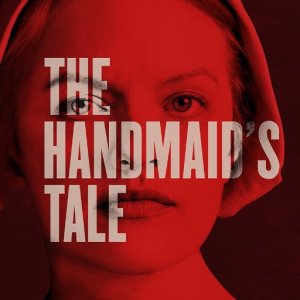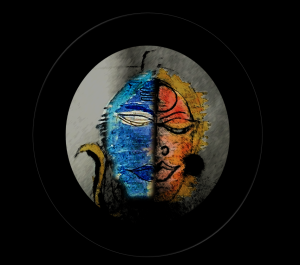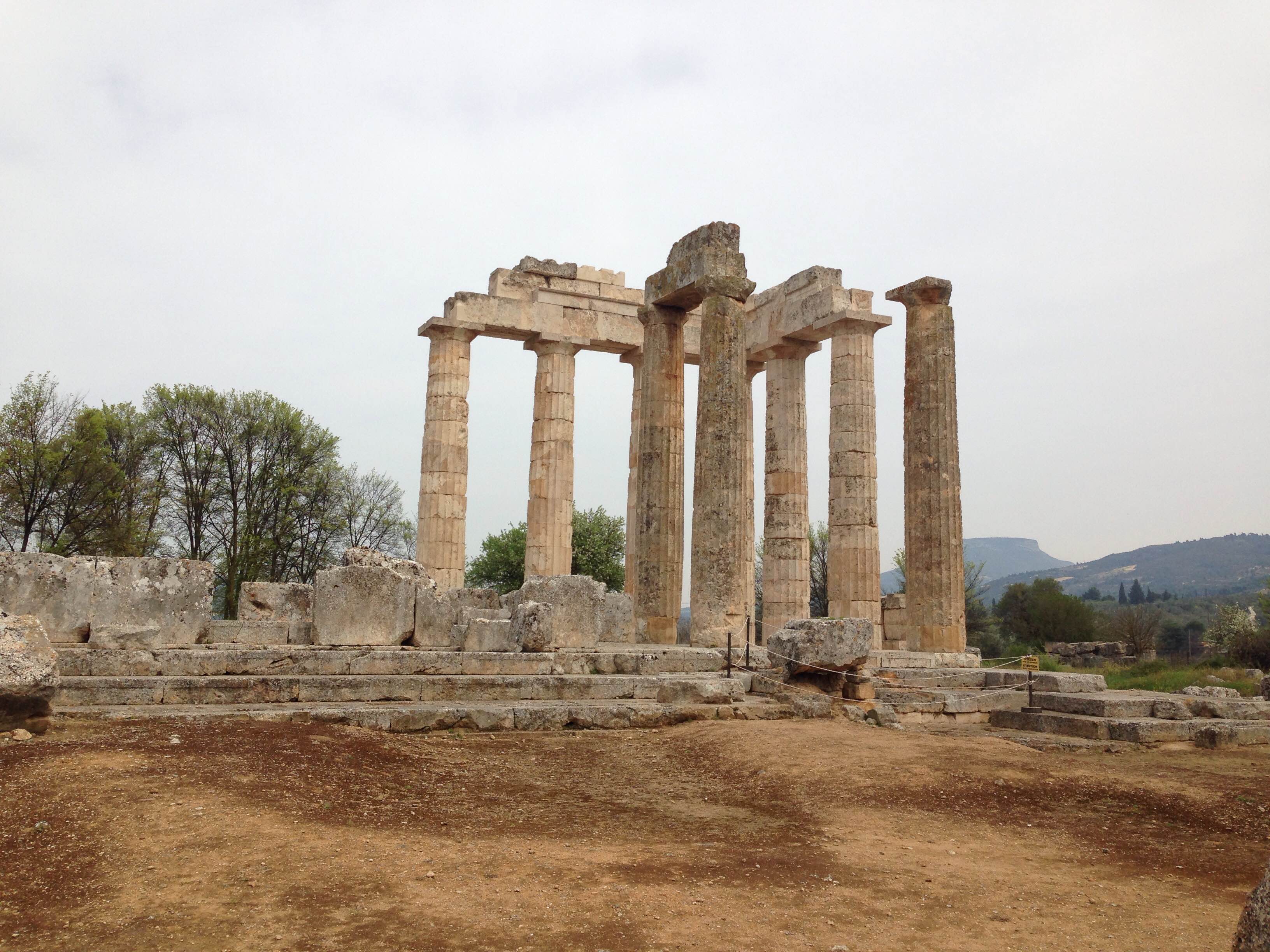I recently read ‘The Handmaid’s Tale’, a dystopian past situated circa 1980s America. And I’ve been mad that I found myself smack in the middle of it.
Coming from India, which is retrogressing into the middle ages, and watching the process unfold each day is confusing and infuriating. The two aspects that centrally control how progressive a society is – the place its women and education have.
To take us to this unlikely piece of fiction for a reference: the narrative juxtaposes the narrator’s immediate past, which embodied the cultural mores of western independence, with her present, which has turned into a totalitarian regime of an unseen commander. The shock lies in the three generations described in the novel – the hippie grandmother, who was a single mother with a communal attitude; the protagonist herself who belonged to the generation which made use of its resources more responsibly, working and building a family, and is thrown into a regressive, hyper-religious society over-night; and lastly, the daughter who is too young to know the meaning of democracy, and probably will only ever know it as fiction.

Every aspect of the civilian life is controlled by an overseer, who in turn reports to the immediate superior. An aspect of governance when shrouded in mystery like this, points to the disengagement of the statesmen (no, there were no women) from its people. If there is no need for a participatory role of the people, that brings the need to educate down by a lot, doesn’t it? The only piece of writing (apart form the one the protagonist finds scribbled behind an almirah) is on a cushion cover, ironically the word “hope”. There is a clear sense of hierarchy and obedience but an inability to or hesitance to pin question any person of authority. There is no process of finding the person in-charge. No one is accountable and everybody is a victim.
What makes me so mad about this could be that it rings so true to me in so many ways each day. Like when getting married, I would’ve liked to believe that I was setting off on a journey with my friend to understand the world around me and overcome the ennui that’s inevitable when you’re alone. But no, this must be a ritual by which a woman is a property handed over to her husband by her father, not just in an ancient text written millennia ago but in two thousand freaking 15. Like when women’s role as a caregiver supersedes everything else she may be good at or would want to attempt. So you’re either a high-flying careerist or a loving “home-maker”. The catch being that in either role, one is deemed inadequate anyway.
A fictional situation in ‘A Handmaid’s tale’ was frightening because this was a society run by women (the novel had the mention of few men) and the mechanism of control was wielded by the women. The trope of kindness and matronly love is turned on its head (thinking about it, funnily, the teachers and nuns from my primarily convent institutions weren’t the epitome of this supposed characteristic associated with women) Clearly, a certain balance is necessary – like in the ardanareeshwara form of Lord Shiva. Two evolved, capable beings complementing each other.
Mythology 1, reality 0.


